Zebra finch parents detected increasing temperatures and prepared their unhatched young ones to survive in the era of global warming and climate change
Many invertebrate and ectothermic species exhibit maternal influence in growth of embryos. Their parents have the ability to alter the phenotype of offspring through various means. Whether parents in endothermic groups can alter their young ones was unknown until the findings of a recent study by Mariette and Buchanan.1
Australian zebra finch (Taeniopygioa guttata), is a bird adapted to live in arid conditions and is commonly found in Central Australia. They exhibit a particular phenomenon called ‘Incubation calling’. This is the production of a particular kind of call during incubation of eggs. Interesting thing is, their unborn enbryos have the ability to hear and respond to these calls.
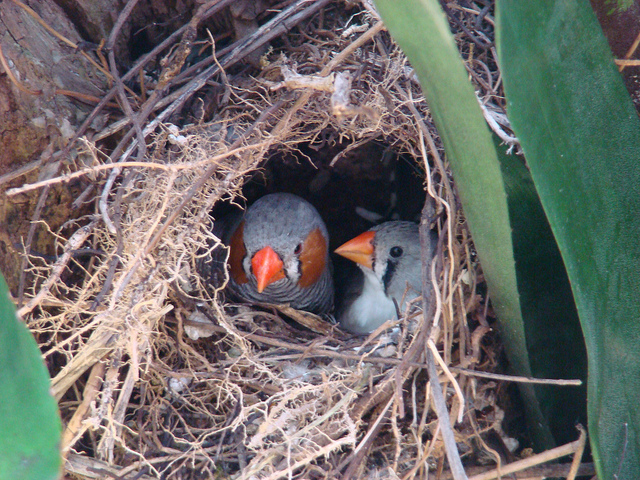
Current study analysed the effectiveness of this behaviour in increasing the survival capacity of birds during climate change. In zebra finshes, incubation call was produced towards the end of incubation period, usually withing 5 days of hatching. Also, this call was produced only when the maximum temperature rose above 26 degree Celsius.
To test the role of incubation calls in their survival, scientists artificially incubated finch eggs in a standard temperature. They were separated in to two groups, Control and Treatment. Control group were exposed to playback of normal parent calls and Treatment group was exposed to incubation calls in the last 5 days. Hatched nestlings were then returned to normal aviaries.
To their surprise, Treatment group had less body mass compared to Control group. Smaller mass would be disadvantageous for normal survival. But they have shown that less body mass correlated with less oxidative damage. Harmful build-up of unstable molecules of DNA, proteins and fats will be less. Thus reduced body mass will be ultimately helpful for survival in stressful higher temperatures.
Mature nestlings were then tracked for a longer period. Researchers found that the birds belonged to ‘Treatment’ group produced more young ones in their first breeding season. Also males of ‘Treatment’ group preferred to nest in areas of higher temperature compared to those of ‘Control’ group.
[cite]



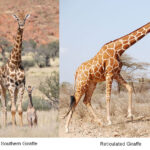
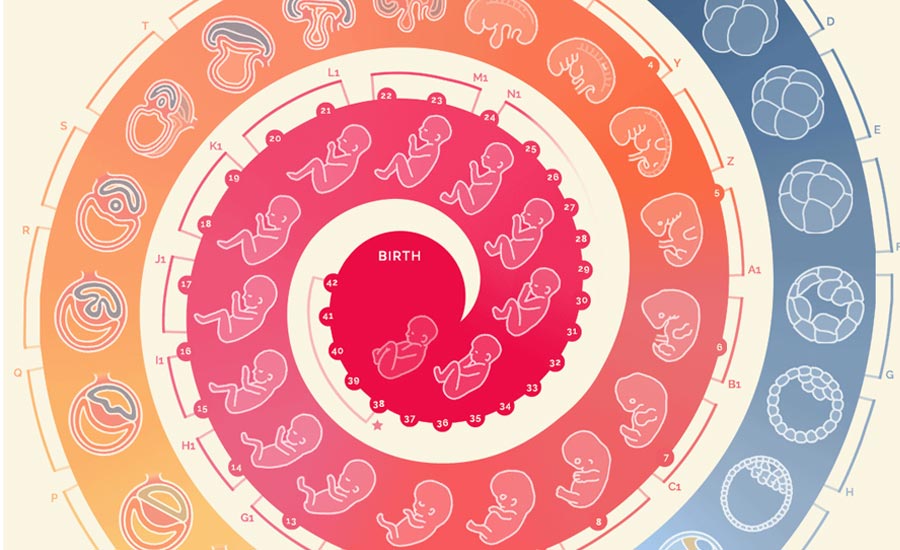
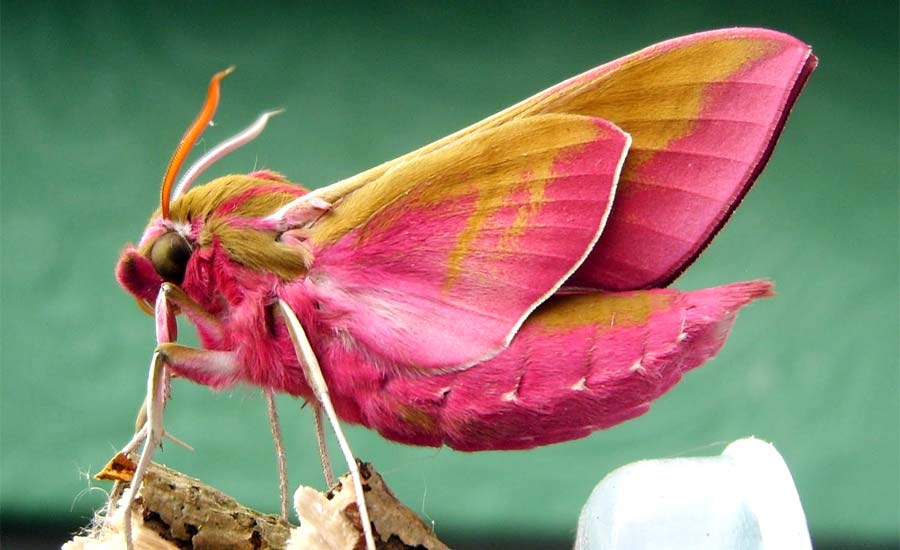

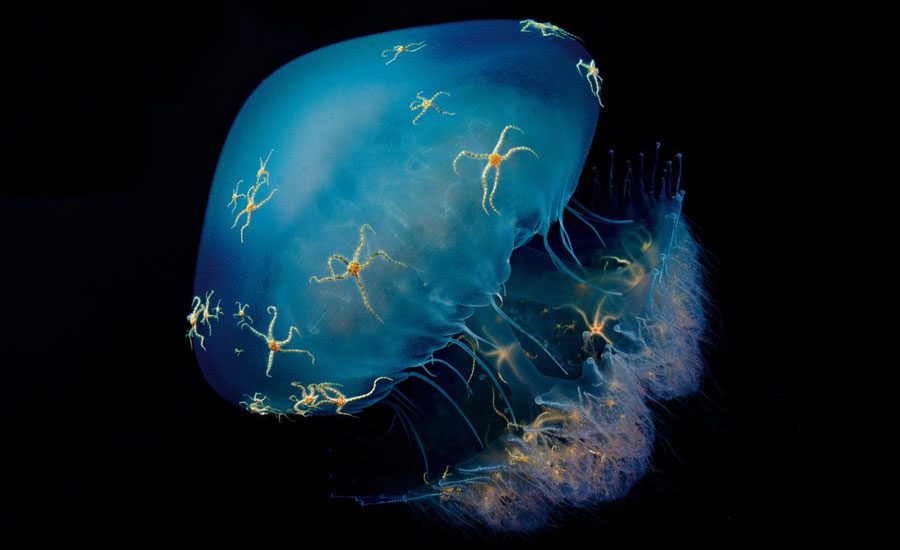


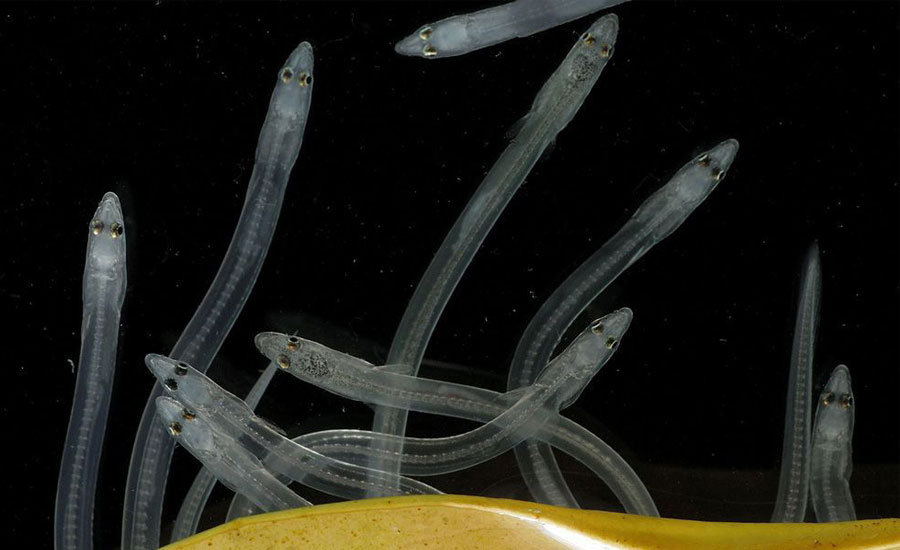


Leave a comment